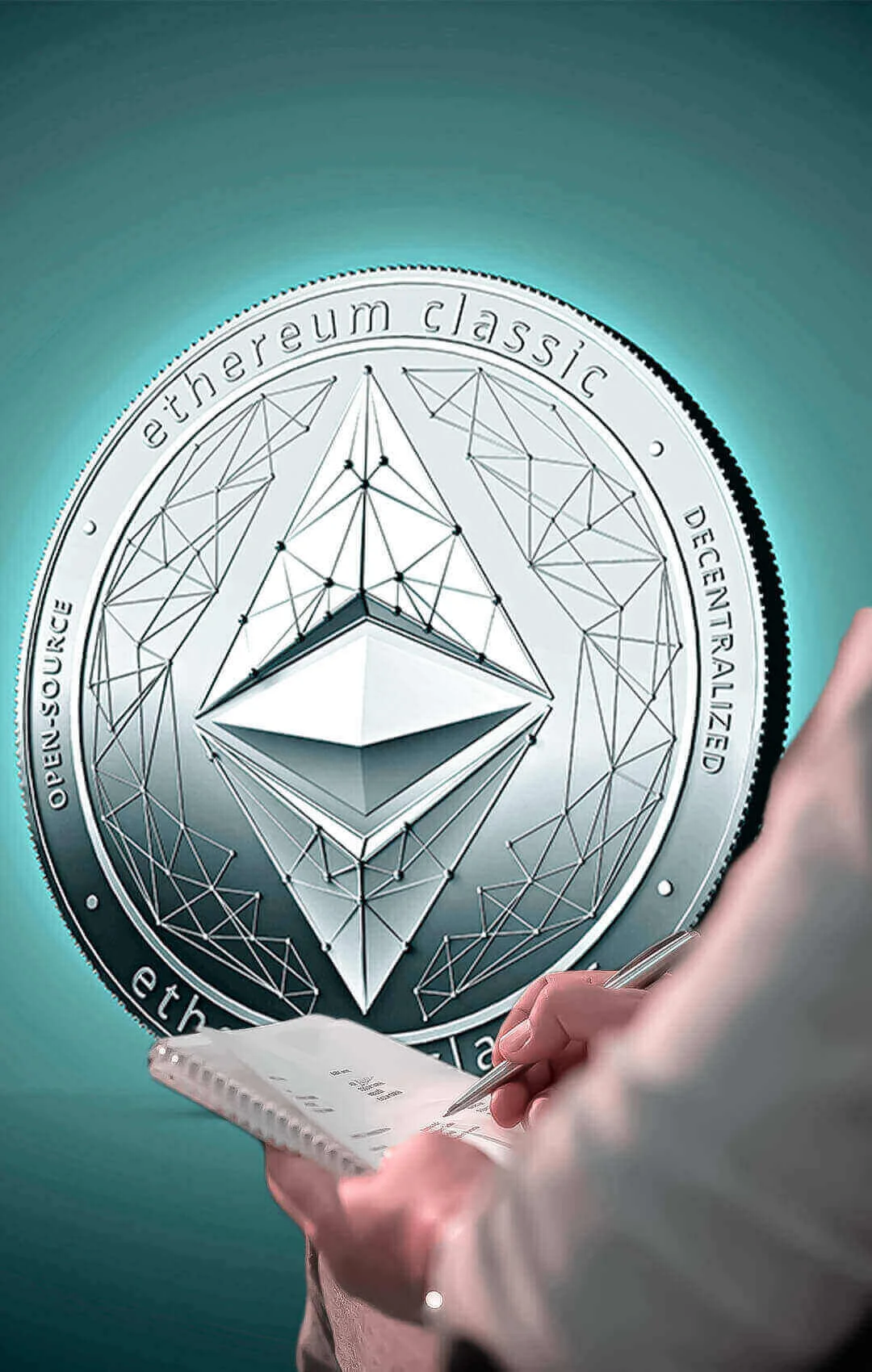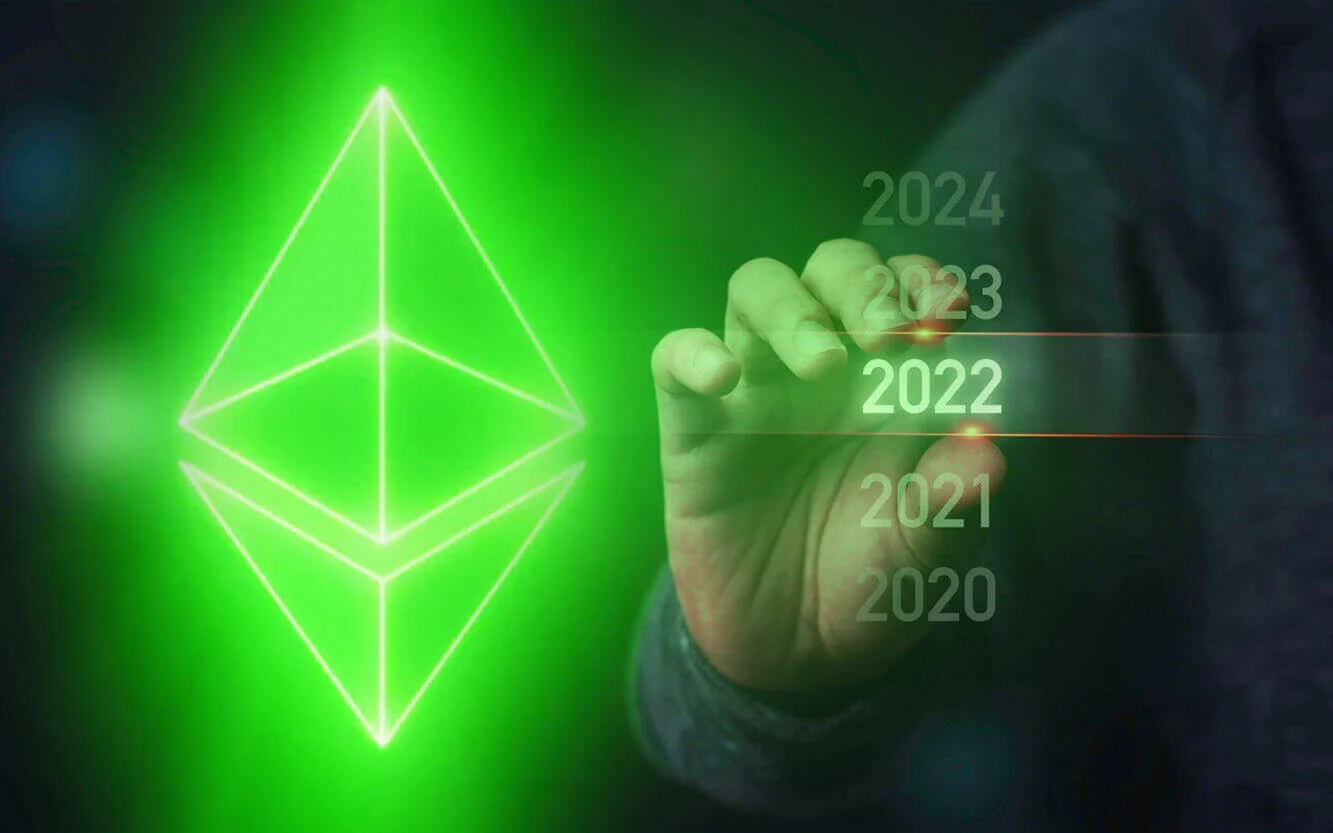Ethereum Classic Trading
Join the crypto revolution and harness its power!








Ethereum Classic is essentially the same as Ethereum when one compares the smart contract allowing developers to build and support decentralized applications or Dapps. Ethereum Classic tradinghas found its footing with the traders.
What Makes Ethereum Classic Unique?
The main goal of Ethereum Classic is to preserve the Ethereum blockchain as originally intended, without using artificial means to block the DAO hack.
Although many disagreed with Ethereum’s response, now its fanbase has been ever-increasing and appealing to even Greyscale, a significant cryptocurrency investment firm.
Being a voluntary organization, the developers of Ethereum avoided turning the network into a profitable entity. As with Ethereum, transaction fees are paid by users. As with PoW mining, the transaction fees are collected by miners depending on the work that has been completed.
While several developers continue to work on upcoming enhancements like scaling solutions, Ethereum Classic, unlike Ethereum, has no intentions of switching to a proof-of-stake (PoS) mining algorithm.
How Is the Ethereum Classic Network Secured?

.webp)
What is Ethereum Classic (ETC)?
Ethereum Classic (ETC) is the product of the hard fork Ethereum (ETH) launched in July 2016. Its primary role is that of a smart contract network, which may host and support decentralized apps (DApps). It uses ETC as its native token.
Ethereum Classic (ETC) is the product of the hard fork Ethereum (ETH) launched in July 2016. Its primary role is that of a smart contract network, which may host and support decentralized apps (DApps). It uses ETC as its native token.
















